We want you to share Forests News content, which is licensed under Creative Commons Attribution-NonCommercial-ShareAlike 4.0 International (CC BY-NC-SA 4.0). This means you are free to redistribute our material for non-commercial purposes. All we ask is that you give Forests News appropriate credit and link to the original Forests News content, indicate if changes were made, and distribute your contributions under the same Creative Commons license. You must notify Forests News if you repost, reprint or reuse our materials by contacting forestsnews@cifor-icraf.org.
Gunung Sewu, on the Indonesian island of Java, takes its name — which means “thousands of mountains” — from the sweeping landscape of conical hills. The area, which is a UNESCO geopark, stretches 120 kilometers east to west from the hills to the coast.
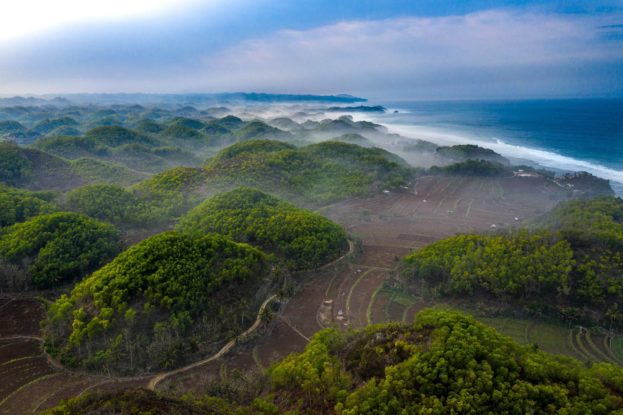
Coastal karst landscapes: the beauty of the Baron beach in the morning. Photo by Faizal Abdul Aziz/CIFOR
But its real treasure lies deep underground, in a mysterious world of rivers and caverns, adorned with crystals, stalactites and stalagmites and inhabited by unusual creatures. Sculpted by water over millions of years, this subterranean system is a magnet for adventure seekers and a key reservoir for local communities.
But erosion, pollution and overuse threaten to contaminate the water and harm the unusual geological formations. Scientists say planning and careful management are needed to safeguard the system and ensure that it continues to provide enough clean water for the hundreds of thousands of people who depend on it.
This underground water world was once under water itself. Over millions of years, the remains of marine organisms were compressed and uplifted, creating a geological formation known as karst. Rain and groundwater filtering through the porous rock dissolve calcite in a process called karstification. The result is the Bribin watershed, an underground maze of caverns and rivers to which animals have adapted. Some, like translucent crabs, have lost their pigment, while others have evolved sensors that enable them to navigate in the darkness. More species new to science are likely be found here.
The karst acts as a giant sponge, absorbing water during the rainy season and releasing it slowly during the dry season. An underground dam built years ago created a reservoir from which the state-owned water company pumps water to the surface for residents in the capital of the Gunungkidul District.
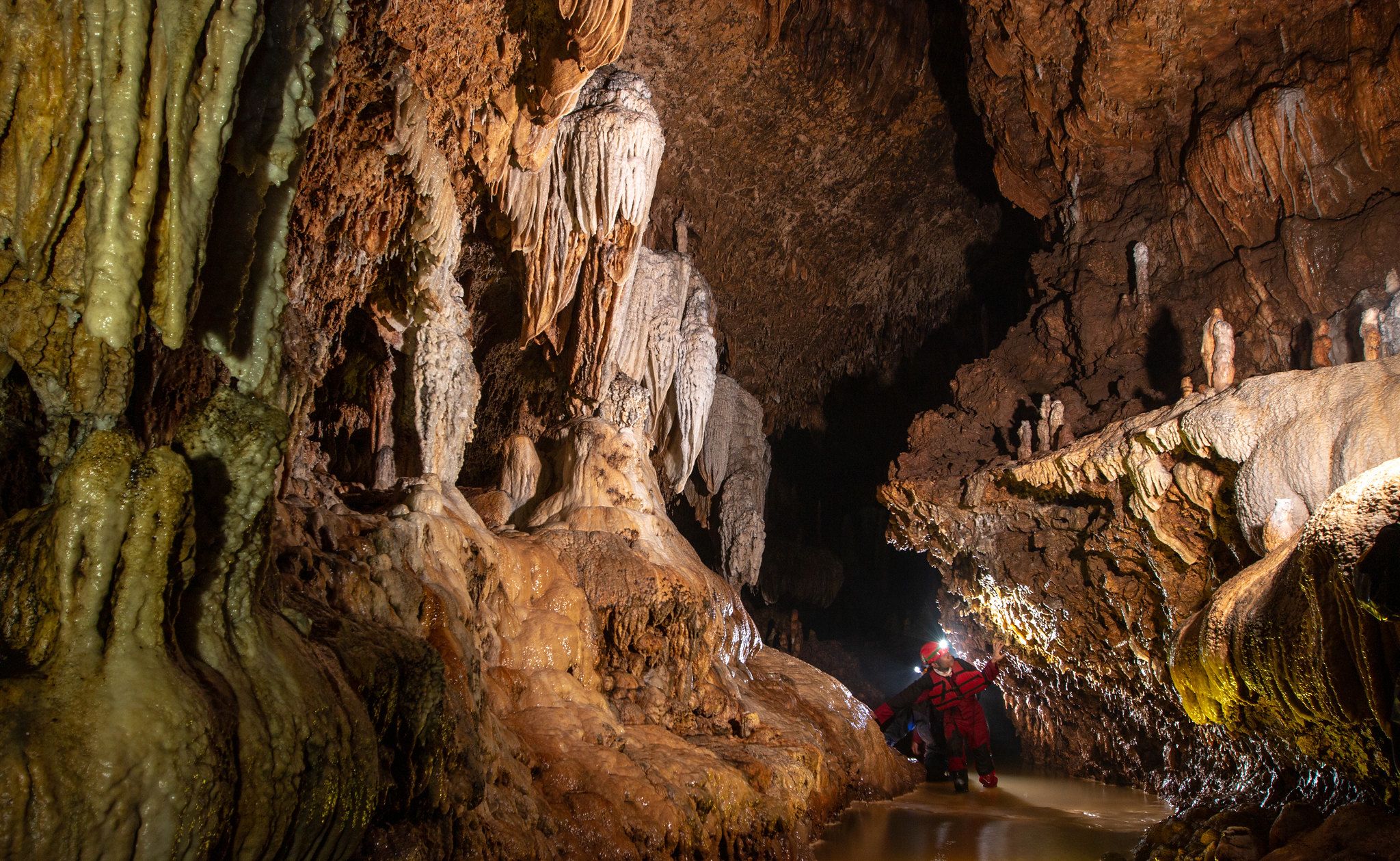
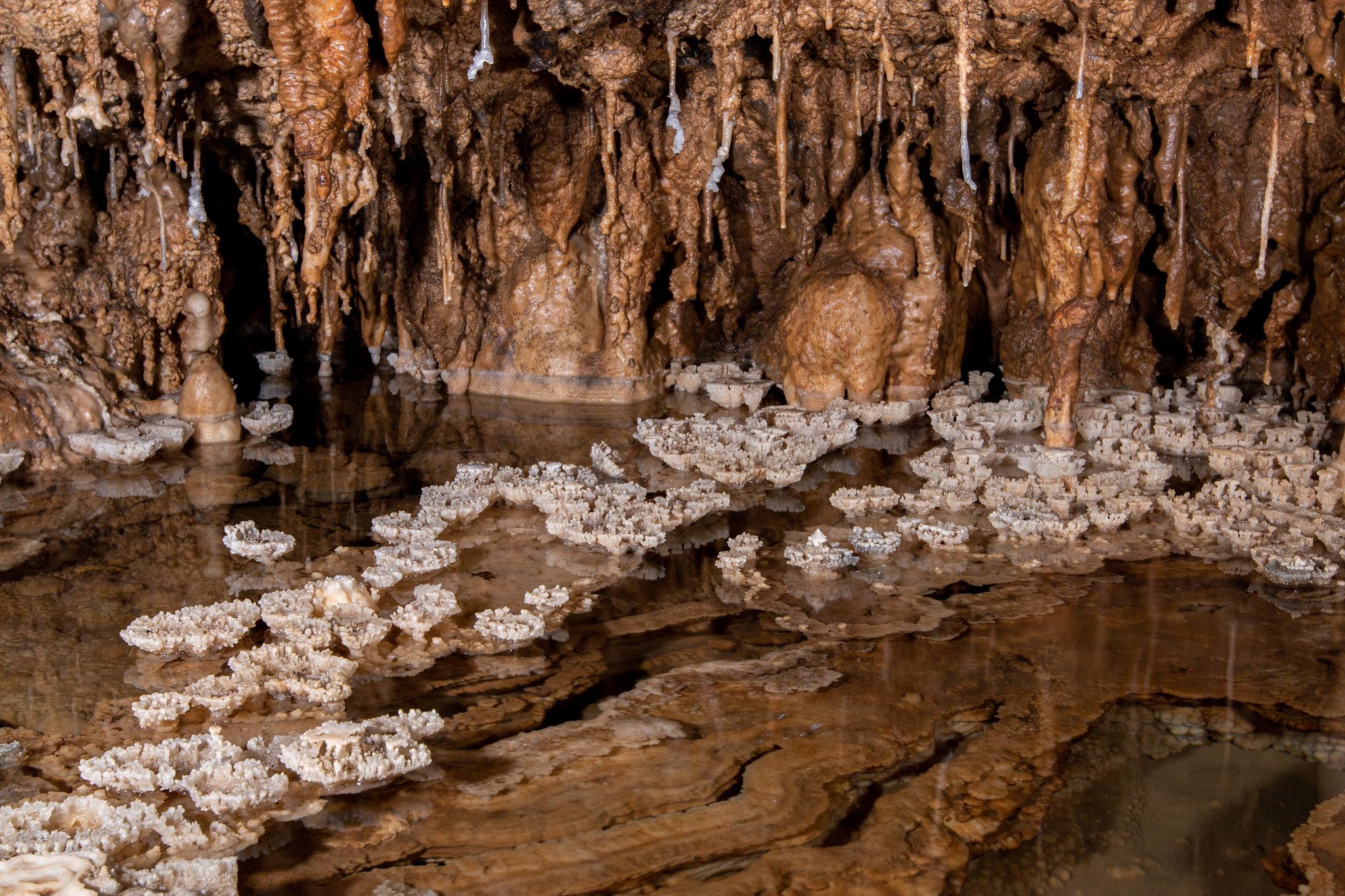
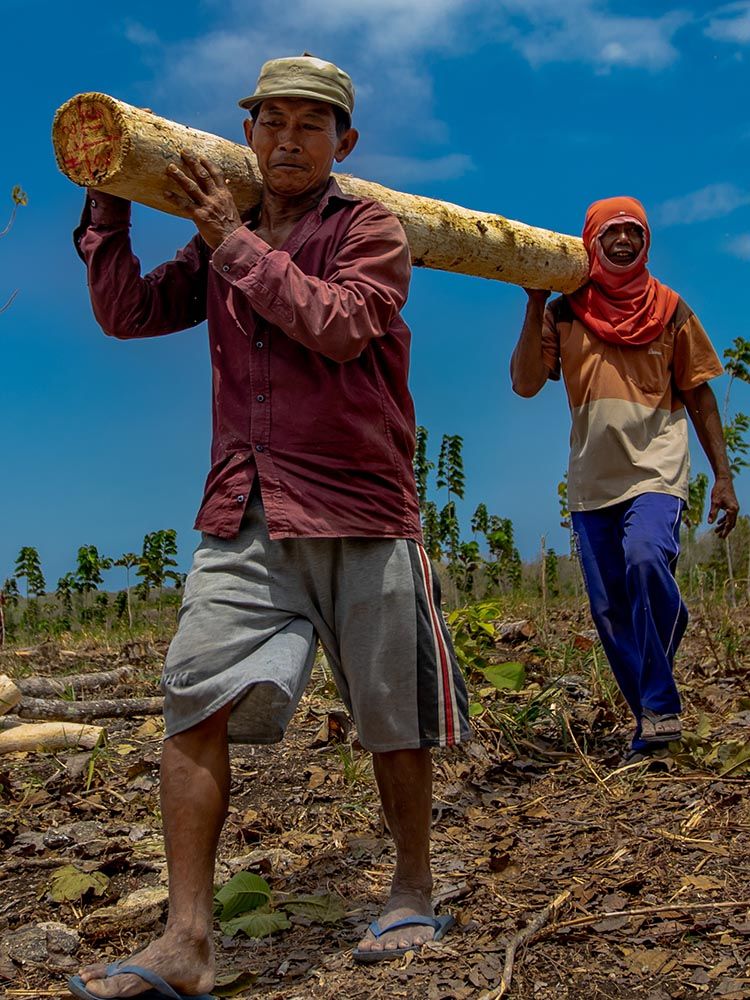
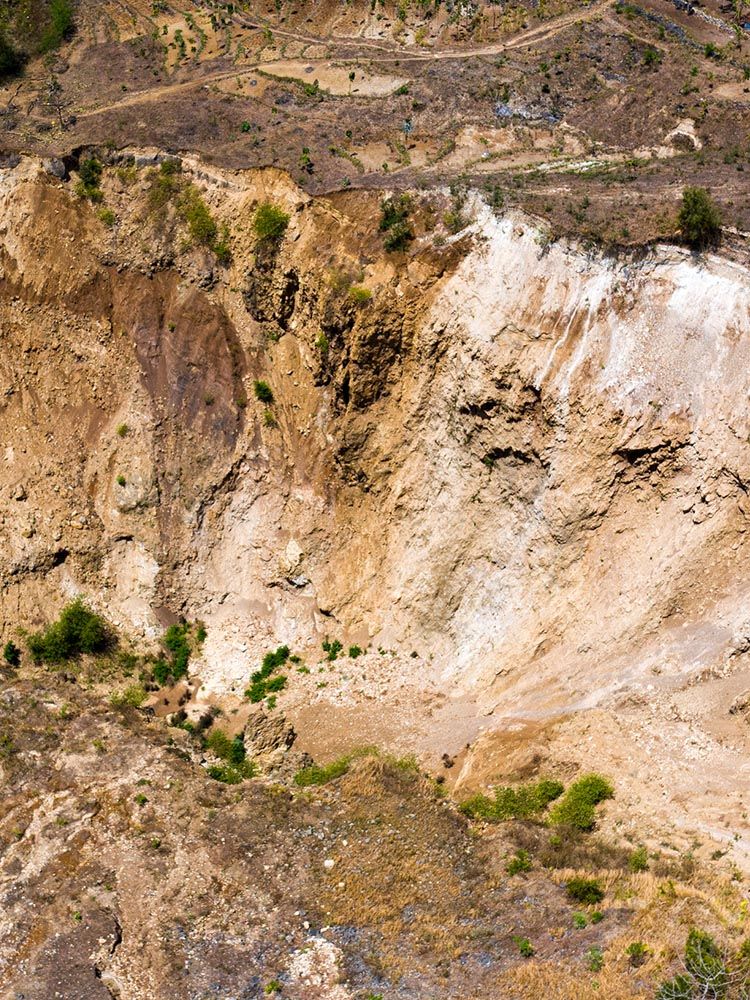
This underground world is inseparable from the world above, and land use on the surface affects both the quality and the quantity of the system’s water. Once heavily forested, Gunung Sewu is now a patchwork of farms and woodland. Deforestation leads to erosion, stripping the land of valuable topsoil and causing parts of the karst system to collapse. Rain washes agricultural waste and chemicals into cracks and crevices in the karst, where pollutants seep through the porous rock and contaminate the underground rivers.
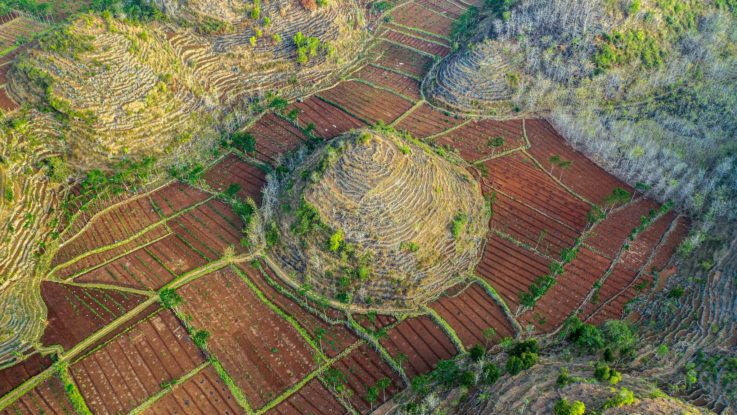
Conical hill surrounded by the dryland paddy fields. Photo by Muhammad Sidik/CIFOR
Sewage, agricultural waste and garbage dumped into sinkholes also fouls the water and obstructs underground channels. Such blockages during a heavy storm in 2017 caused devastating flooding in the normally dry Gunungkidul District, destroying agroforestry fields belonging to local communities that depend on income from teak and bamboo plantations and food crops.
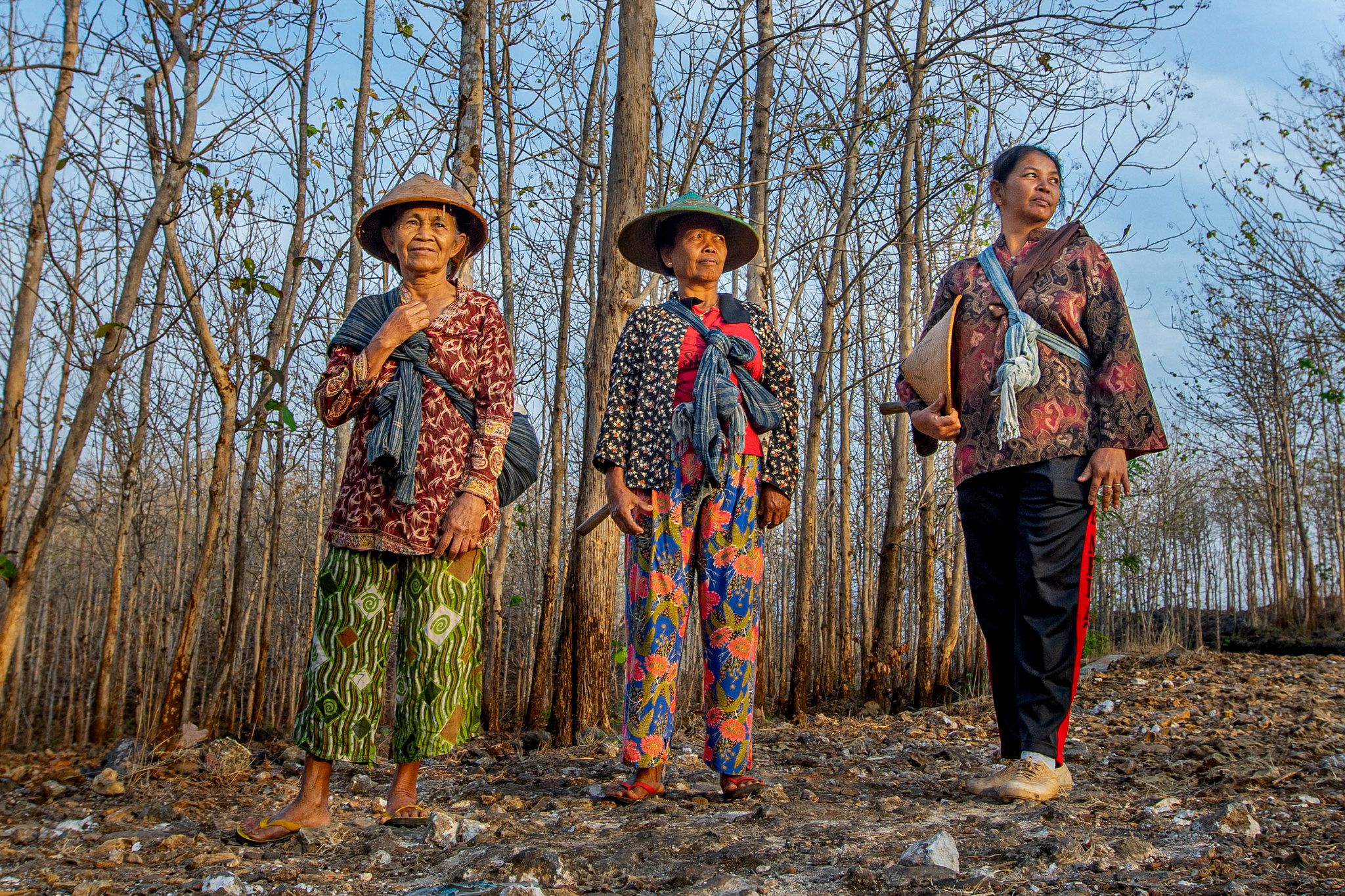
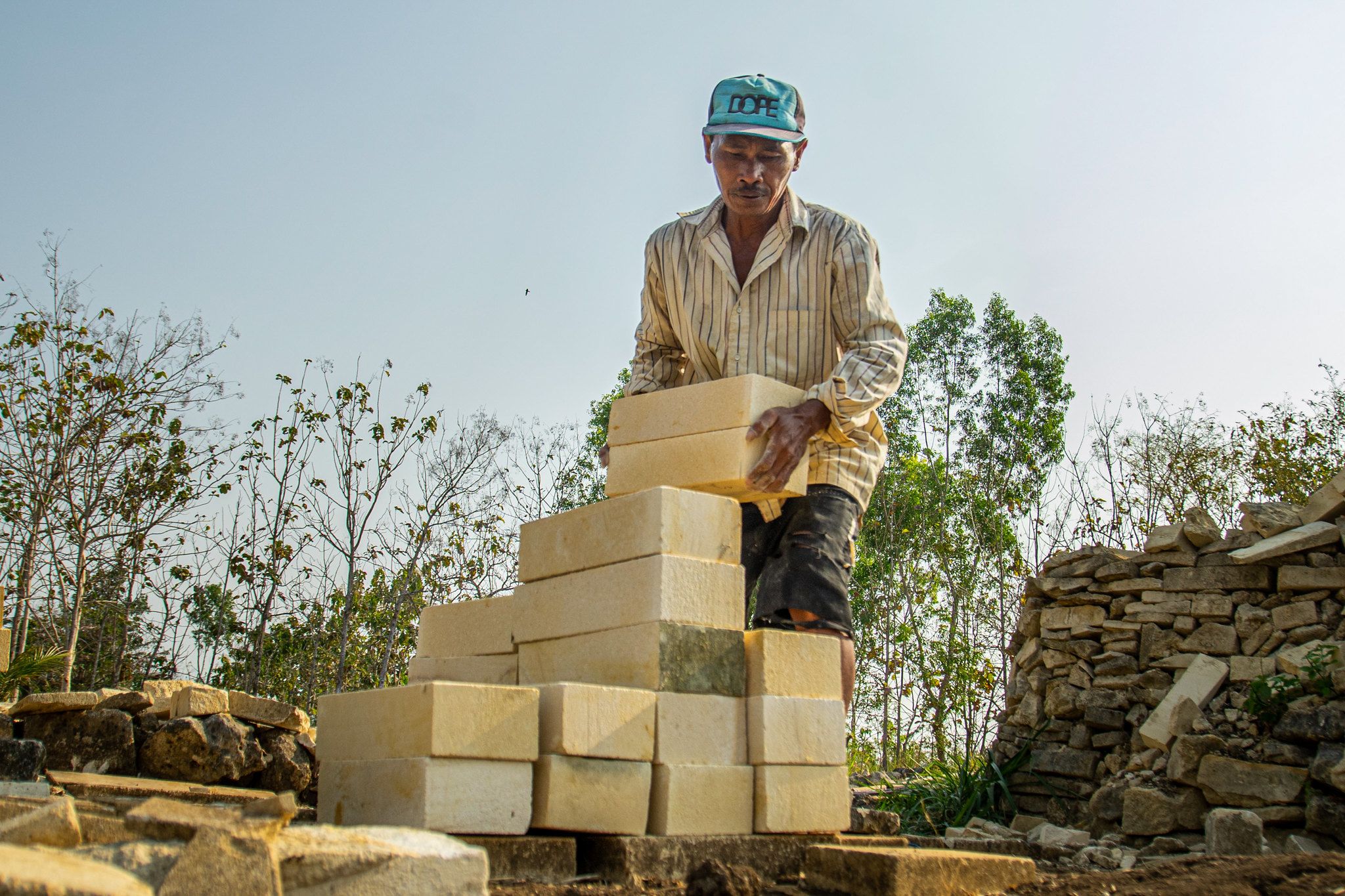
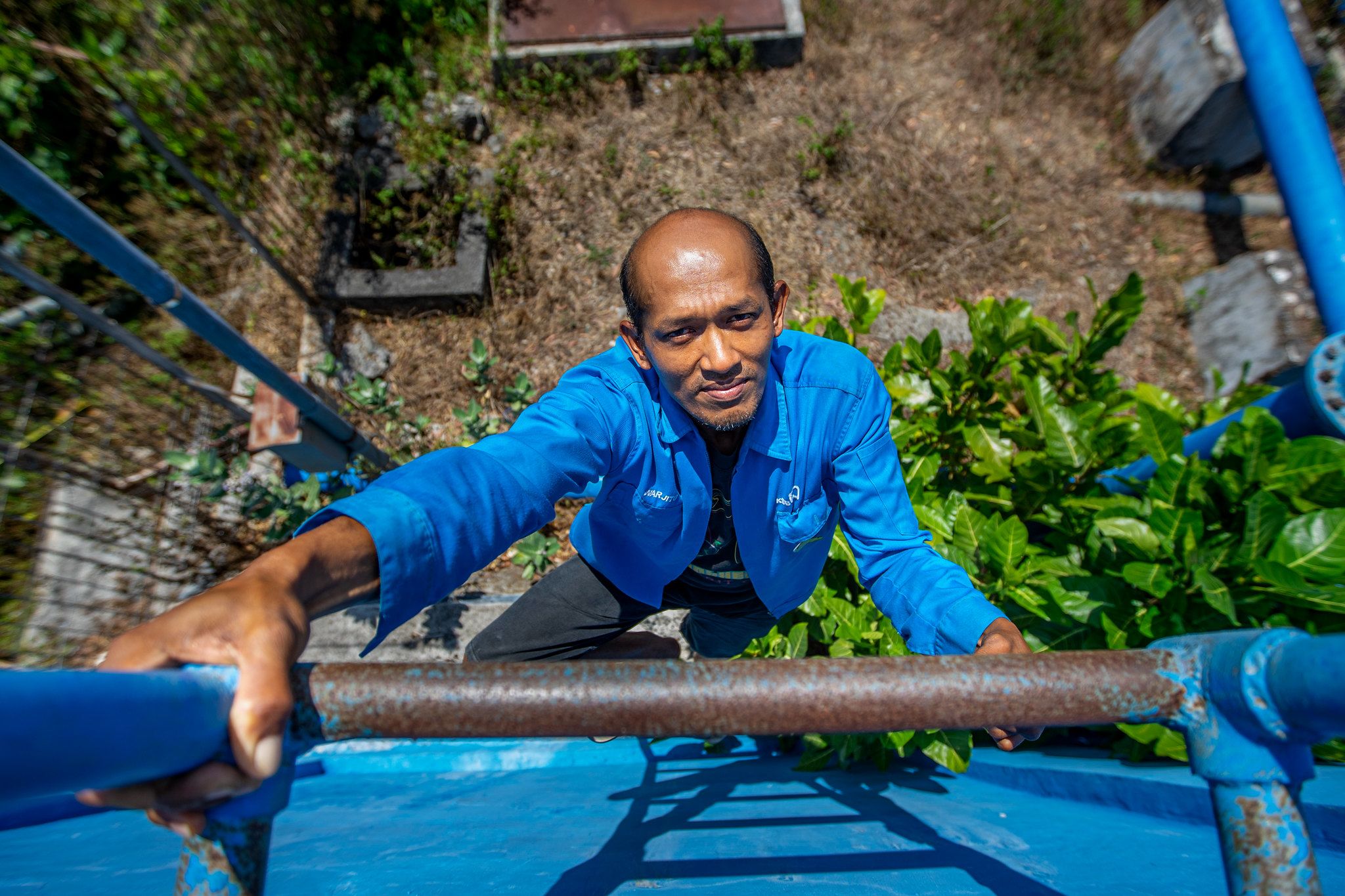
The Kanoppi Project, a joint effort of the Center for International Forestry Research and World Agroforestry (ICRAF), is bringing local government agencies, including the regional planning agency, and community representatives together to study the watershed’s problems and develop plans and policies for better management. A multidisciplinary team from Watershed Management Technology Center led by Nunung Nugroho, coordinating scientist, has also played a role as a strategic partner in this ongoing research.
“Reforestation and lake conservation are urgently needed to protect the underground water world” CIFOR scientist Ani S. Adiwinata Mapping the Bribin watershed’s river systems and gathering data about current water and land use is an important next step, she says. That information will lay the groundwork for a landscape-based management plan in which farming, forestry, limestone mining and tourism combine to contribute to local livelihoods while conserving the karst formation that is crucial for their survival.
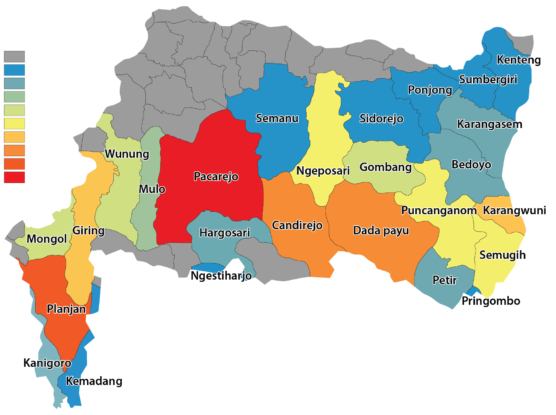
Source: Adopted from MacDonald and partners (1984).
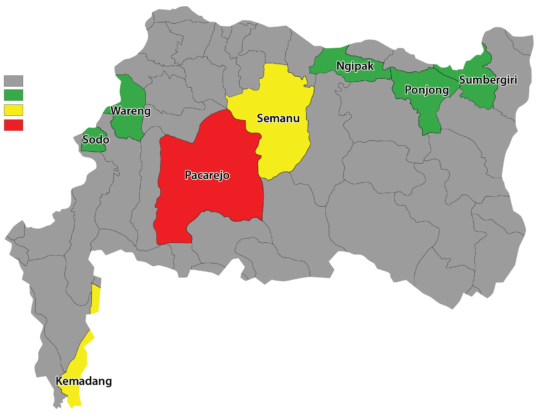
Sources: Adopted from the Agency of Land and Spatial Planning, Gunungkidul District (2013).

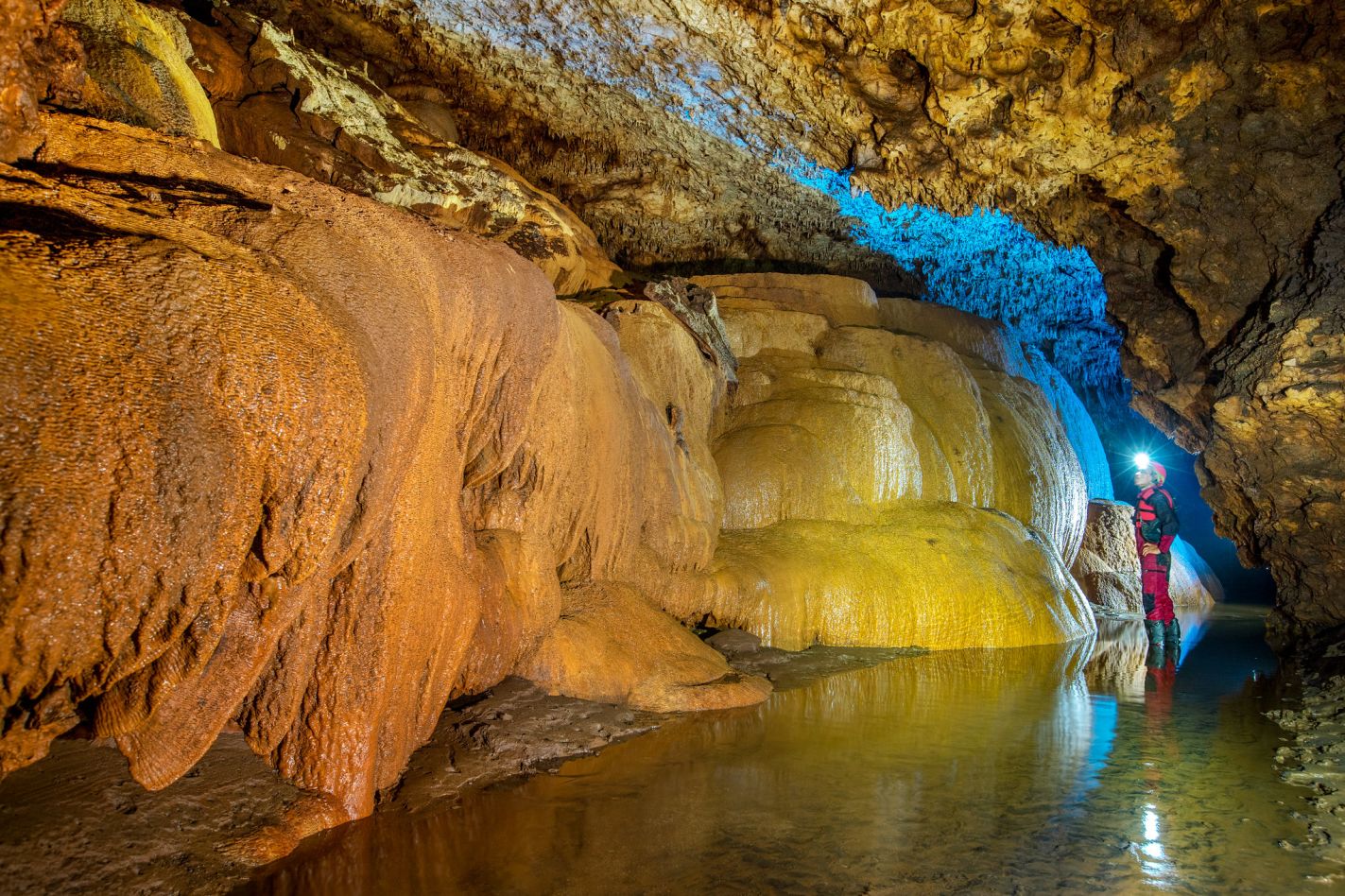
Story development and script: Barbara Fraser, Ani S. Adiwinata, Faizal Abdul Azis | Video and photos: Rekam Nusantara Foundation | Video editing: Aris Sanjaya, Firmansyah | Web design: Gusdiyanto, Perdana Putra | Project coordination: Ani S. Adiwinata, Sri Muslimah, Budhy Kristanty | Production editor: Jeremy van Loon, Michael Dougherty
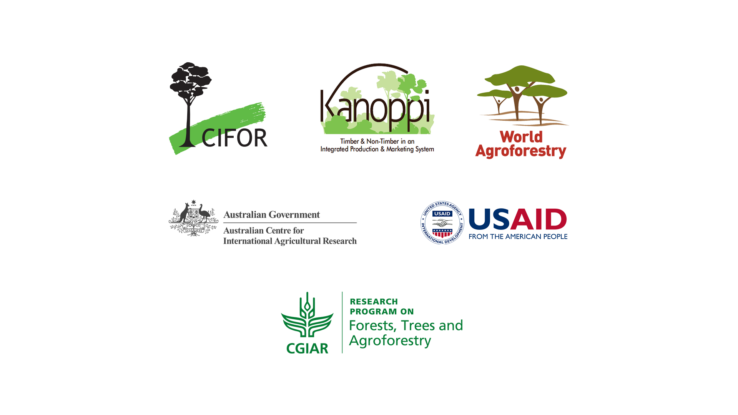
This research forms part of the CGIAR Research Program on Forests, Trees and Agroforestry, which is supported by CGIAR Fund Donors.
Copyright policy: We want you to share Forests News content, which is licensed under Creative Commons Attribution-NonCommercial-ShareAlike 4.0 International (CC BY-NC-SA 4.0). This means you are free to redistribute our material for non-commercial purposes. All we ask is that you give Forests News appropriate credit and link to the original Forests News content, indicate if changes were made, and distribute your contributions under the same Creative Commons license. You must notify Forests News if you repost, reprint or reuse our materials by contacting forestsnews@cgiar.org.
We want you to share Forests News content, which is licensed under Creative Commons Attribution-NonCommercial-ShareAlike 4.0 International (CC BY-NC-SA 4.0). This means you are free to redistribute our material for non-commercial purposes. All we ask is that you give Forests News appropriate credit and link to the original Forests News content, indicate if changes were made, and distribute your contributions under the same Creative Commons license. You must notify Forests News if you repost, reprint or reuse our materials by contacting forestsnews@cifor-icraf.org.



